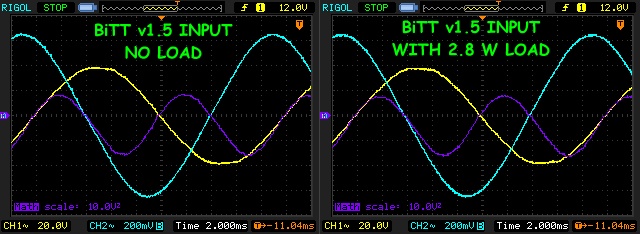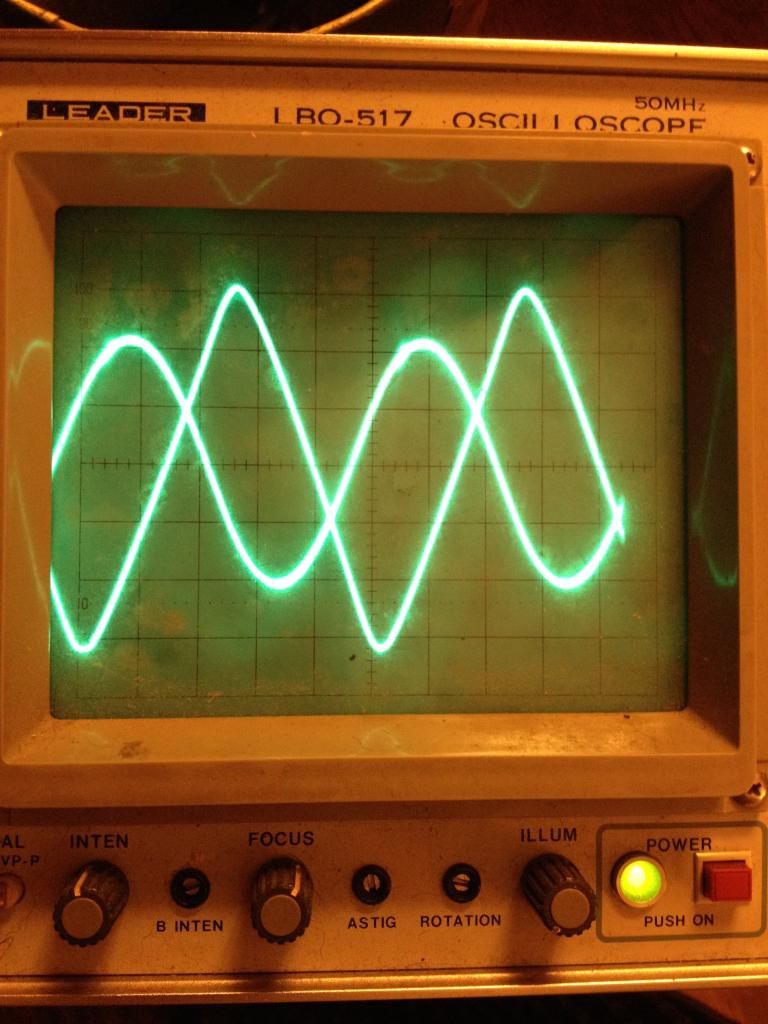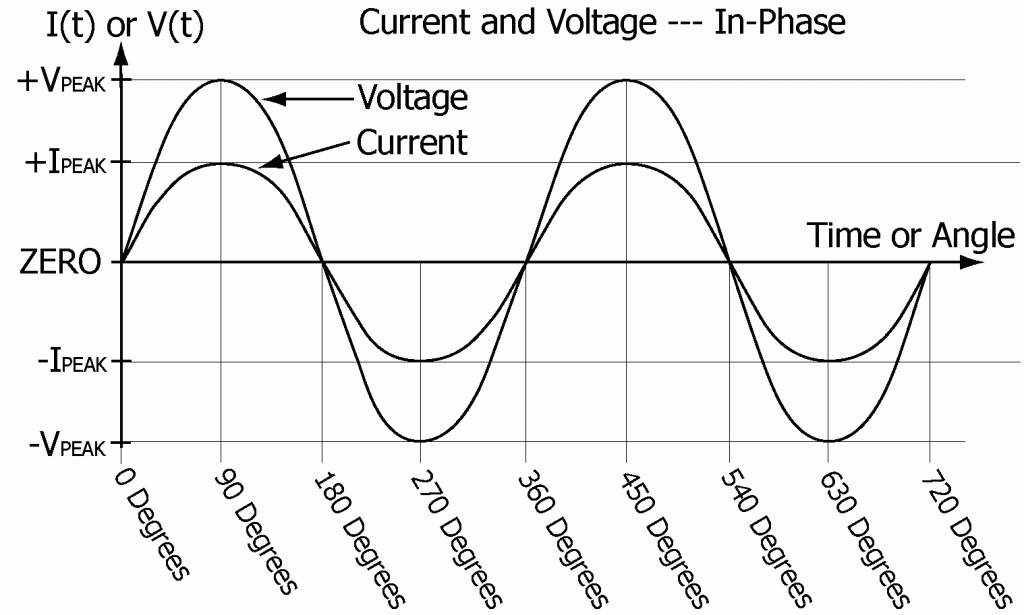Waveforms and Error
This should help with puzzling error. This is nothing like a BITT. It is a wave shape that we all have become accustom to for 100 years.

I don't like that one as well as this one. This one is the wave in a Bi-Toroidal transformer.

I will be posting wave forms so I can get an idea what others are seeing with the BITT.


This should help with puzzling error. This is nothing like a BITT. It is a wave shape that we all have become accustom to for 100 years.

I don't like that one as well as this one. This one is the wave in a Bi-Toroidal transformer.

I will be posting wave forms so I can get an idea what others are seeing with the BITT.













 You said it right in the beginning that we could split up. I don't see us working together.
You said it right in the beginning that we could split up. I don't see us working together.
Comment